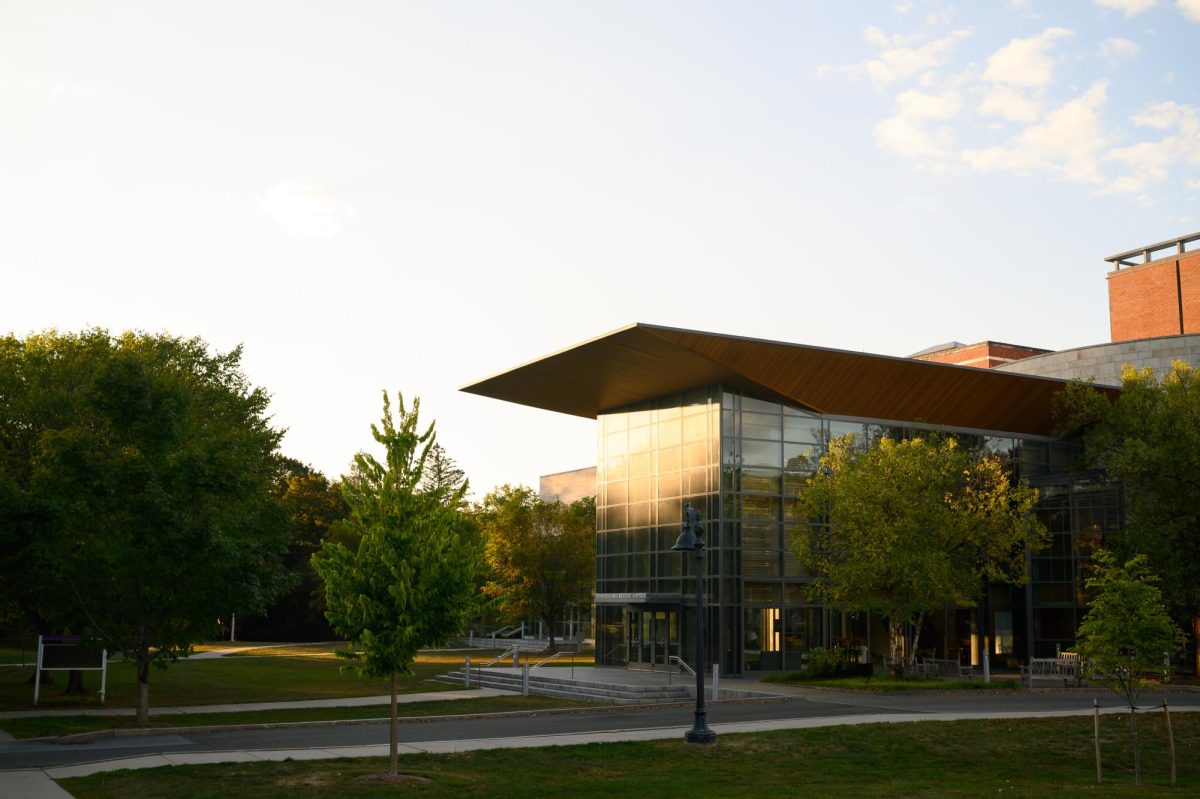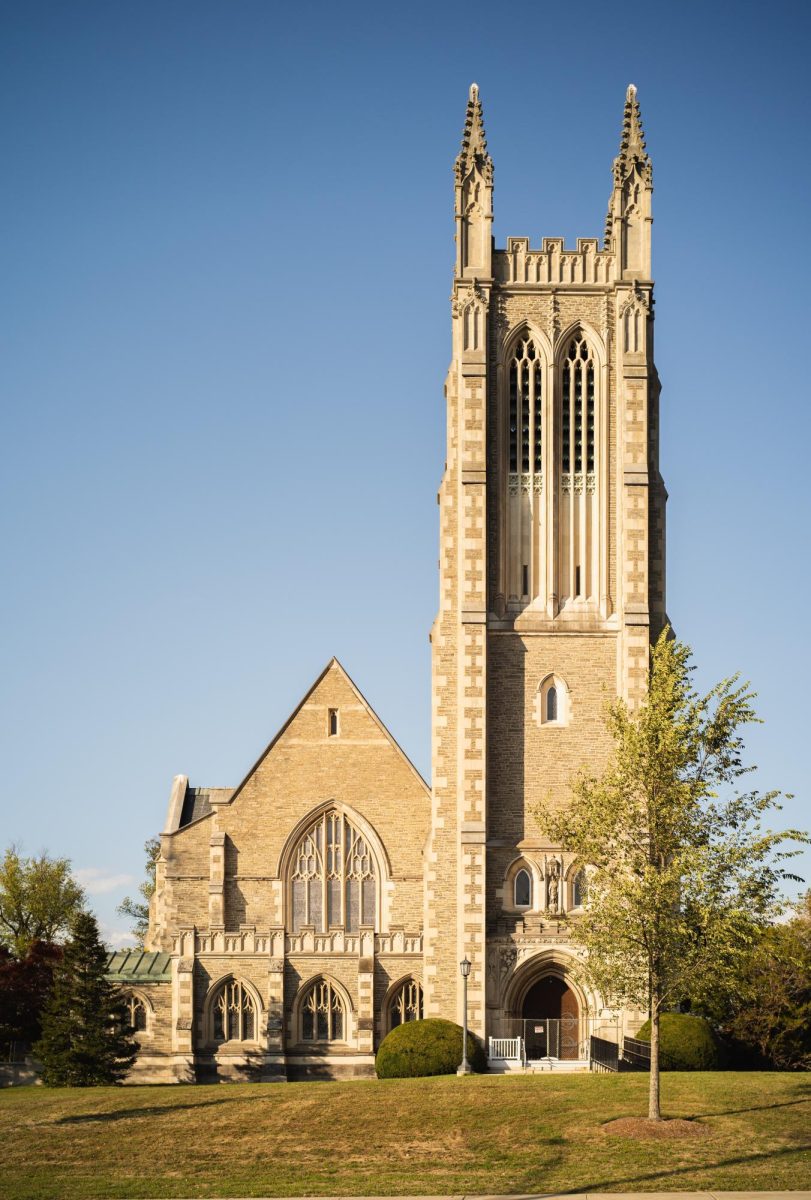Last Friday, College Council (CC) held the first meeting of a new subcommittee on the funding of high-cost club sports. The goal of the committee is to generate a bylaw proposal for CC to vote on, which would dictate how much money can equitably be allocated to clubs, such as the equestrian, sailing, rugby and ultimate frisbee teams.
“There are a lot of different possible solutions and instead of me and other council members randomly deciding on one and pushing it, we thought it made more sense to bring in the people who actually request the funding and see what they think is most useful,” CC Co-president Lizzy Hibbard ’19 said.
The conversation about equitable club sports funding began this fall, when the equestrian team’s requested budget of $28,000 was cut in half by CC. The club sport, which has 11 riders, was allocated funding for practices but not for competitions. This decision came out of the sentiment among many CC representatives that it is inequitable for a team with so few students to receive such substantial funding.
According to Hibbard, CC receives its annual budget from the Student Activity Tax that students pay every semester. Out of the $125 tax, CC gets $121 per student each term. “Our thought process is [that] each student is paying about $242 a year, to us, and they should roughly be getting out what they’re paying in. If everybody’s paying in the same amount, people shouldn’t disproportionately be getting way more or way less. That wouldn’t really be fair,” said Hibbard.
Costly club sports tend to receive a disproportionate percentage of funding, given their fairly small number of members. In their original budget proposal, for example, the equestrian team sought roughly $2,500 of funding per student. “That means that ten other students are paying for one student to do equestrian, proportionately,” Hibbard said. “Is that fair? Maybe not. But was it fair to tell them, in the fall, we aren’t going to fund any of your competitions with only a few weeks notice?”
CC alone funds all expenses of clubs sports teams except for coaches’ salaries, of which the athletics department pays 55 percent. Jamie Vaccaro ’21, who is treasurer of the sailing team, said that this funding is essential in allowing club sports to exist on campus and to be open for all to join. “It would take the place of athletics on this campus from something anyone can participate in to something that you have to be at a varsity level to participate in,” Vaccaro said, commenting on the budget cuts to club sports.
Vaccaro agrees with Hibbard that “there’s a fundamental issue of what equity means that’s sort of at the center of this,” but does not support the push for a one-size-fits-all bylaw. “That’s not considering the needs and the value of the individual teams. Ideally, what club sports get out of [this committee] is, at the very least, College Council having an understanding of what clubs really need to function,” he said.
Tess Richman ’19, a boardmember on the Student Athlete Advisory Committee who is part of the new sub-committee, said after the meeting that it was clear that there has been a “lack of communication between CC and club sports in the past.” “I think there will be positive changes, but it will be a contentious issue in the process,” she said.
Hibbard hopes that the committee will reach a conclusion in the form of a bylaw by the end of Winter Study, when her term will end. “Whatever we do, I want it to be consistent and for clubs to know what we are doing,” she said. “I don’t want anyone to feel shocked by what CC does. That’s not good for us and it’s not good for them.”








